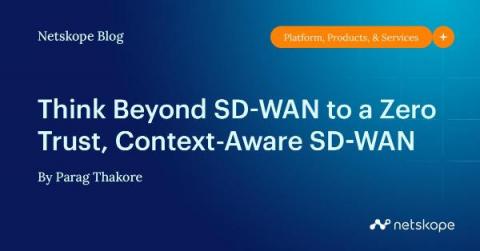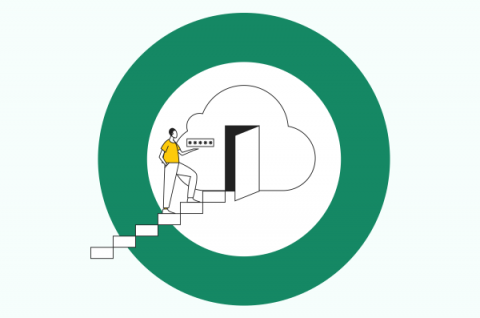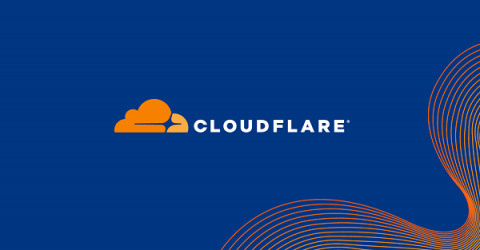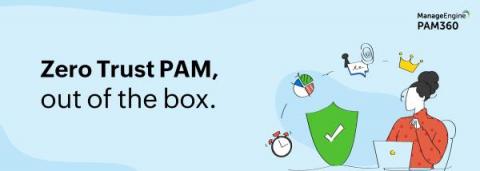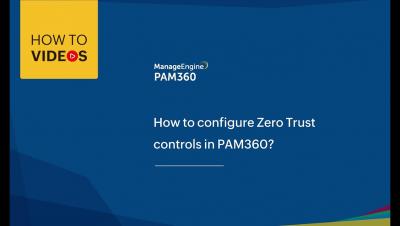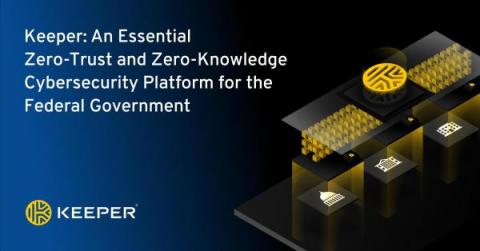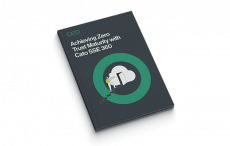Security | Threat Detection | Cyberattacks | DevSecOps | Compliance
May 2023
Think Beyond SD-WAN to a Zero Trust, Context-Aware SD-WAN
The enterprise business is now borderless, where users, devices, sites, and clouds are all creating any-to-any connections with new access control requirements. Digital innovation has led to the proliferation of apps and IoT devices where the cloud and web have become an encyclopedia of applications.
Achieving Zero Trust Maturity with Cato SSE 360
Trust is a serious issue facing enterprise architectures today. Legacy architectures are designed on implicit trust, which makes them vulnerable to modern-day attacks. A Zero Trust approach to security can remedy this risk, but transitioning isn’t always easy or inexpensive. CISA, the US government’s Cybersecurity and Infrastructure Security Agency, suggests a five-pillar model to help guide organizations to zero trust maturity.
Cloudflare Equips Organisations with the Zero Trust Security They Need to Safely Use Generative AI
Why is the US DoD taking a Zero Trust Approach?
Introducing new Zero Trust controls in ManageEngine PAM360
We are delighted to announce game changing features now offered as part of ManageEngine PAM360, our enterprise privileged access management (PAM) suite. With PAM360’s new additions to its Zero Trust offering, your organization’s privileged identities will be protected like never before. These updates will be available with the latest version of PAM360.
A complete suite of Zero Trust security tools to help get the most from AI
Cloudflare One gives teams of any size the ability to safely use the best tools on the Internet without management headaches or performance challenges. We’re excited to announce Cloudflare One for AI, a new collection of features that help your team build with the latest AI services while still maintaining a Zero Trust security posture.
Identity security and zero trust at Volksbank
How to configure Zero Trust controls | ManageEngine PAM360
Keeper: An Essential Zero-Trust and Zero-Knowledge Cybersecurity Platform for the Federal Government
The U.S. federal government tends to move very slowly – except when it comes to zero-trust cybersecurity. The drive to get all agencies to zero trust is cruising along at warp speed, as evidenced by White House Executive Order 14028, CISA’s Zero Trust Maturity Model, OMB OMB M-22-09 and the DoD zero trust strategy and roadmap, all of which were released within the span of less than two years.
What is Zero Trust? Everything You Need to Know to Secure Vendor Access
Zero trust is a cybersecurity approach that restricts network access so only the right people are accessing the specific information they need —and nothing more. Here’s everything you need to know about the basic principles of Zero Trust and how to apply them to your third-party risk management program (TPRM) to create more secure remote access connections.
Zero Trust Security in Active Directory and Azure AD Groups
One important way of securing your organization against attacks and other cyber threats is to implement a Zero Trust security model for groups (distribution lists, security groups, Microsoft 365 groups) in on-premises Active Directory and Azure AD. After all, these groups control access to your IT assets, from sensitive data to vital communications channels and tools like Microsoft Teams and SharePoint.



